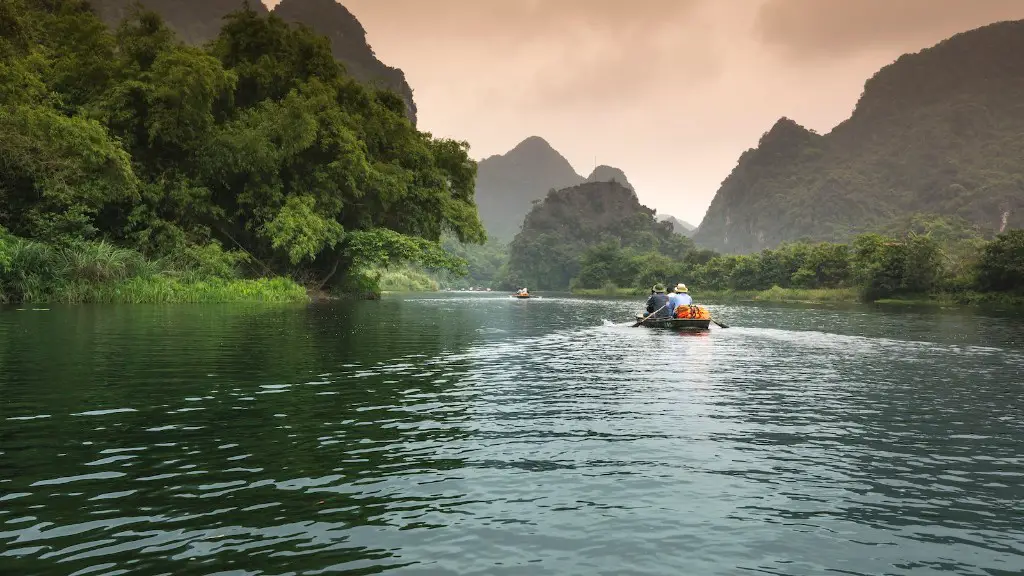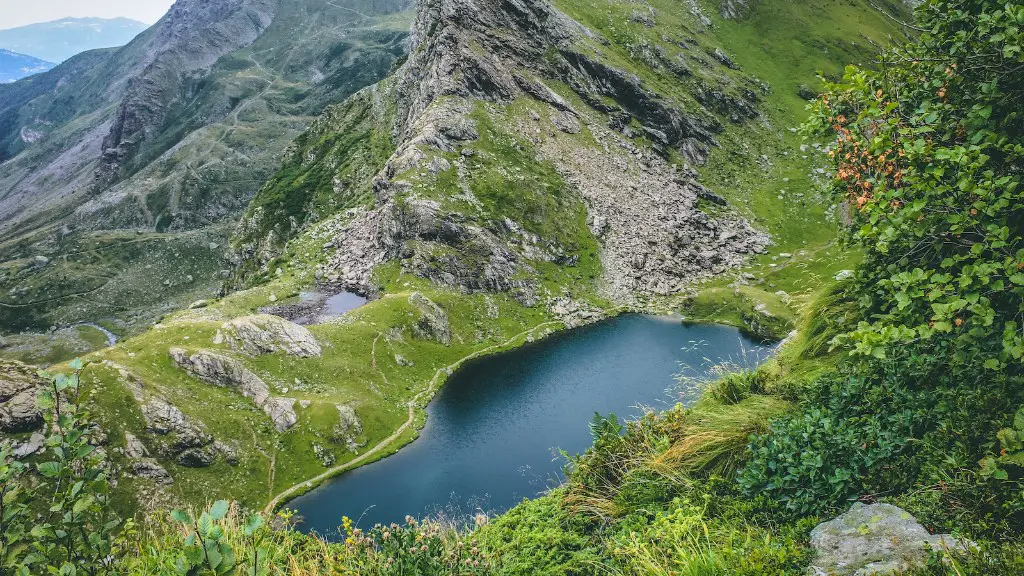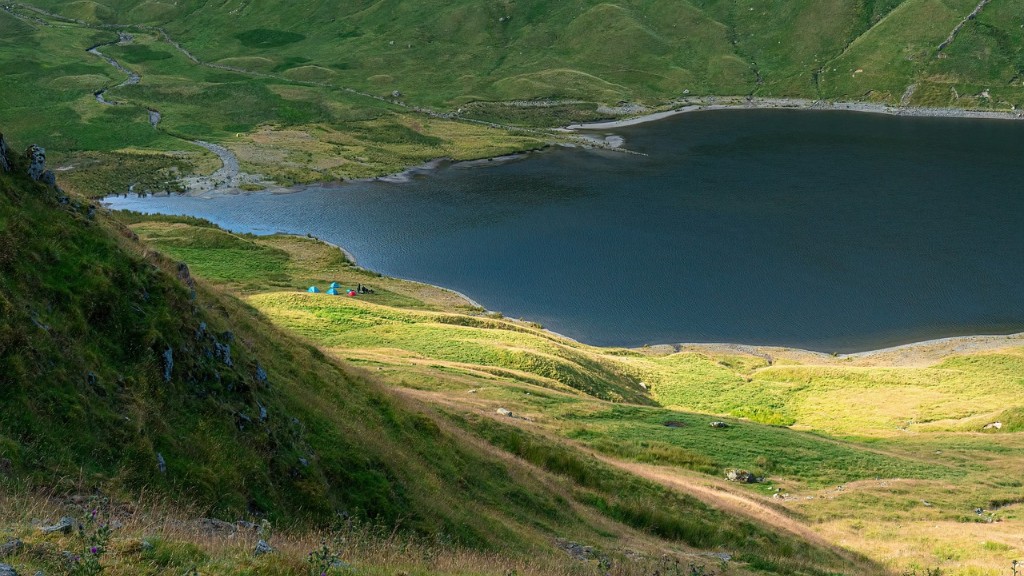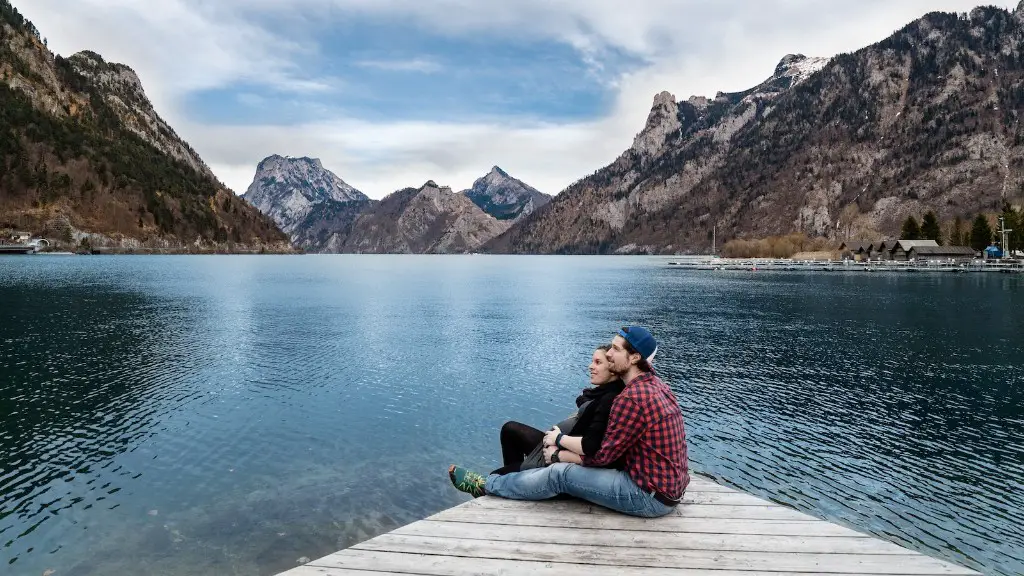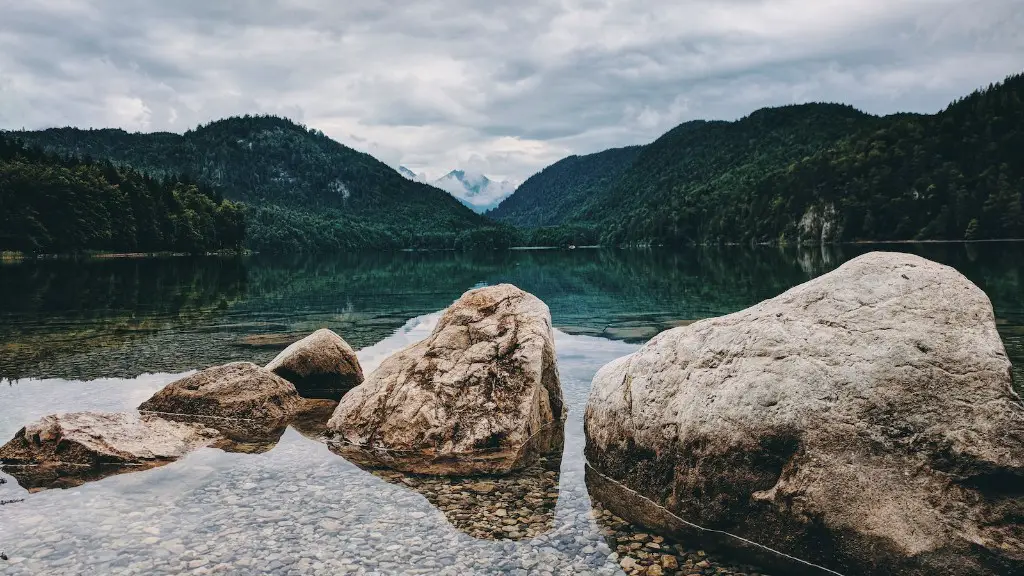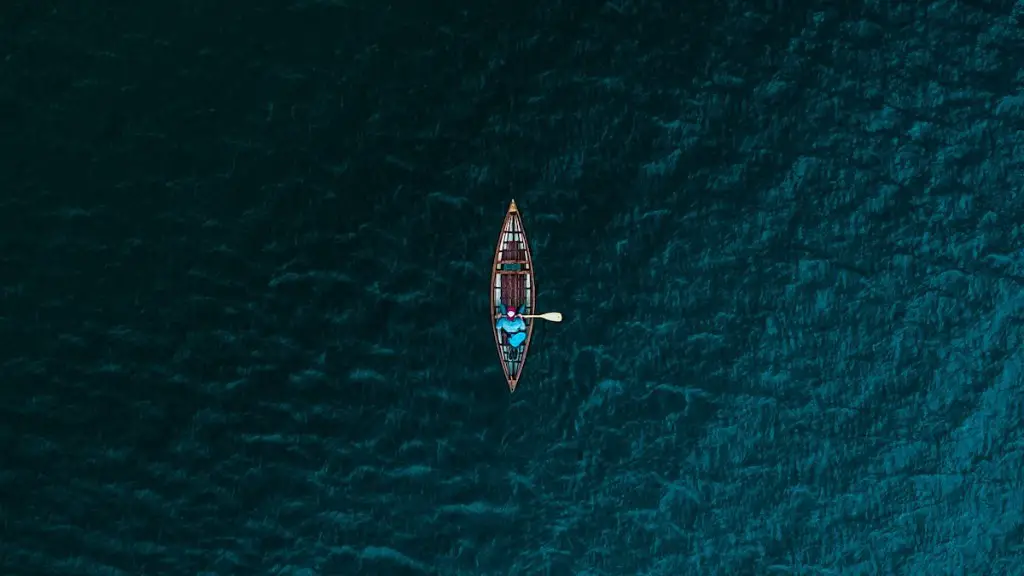Travelling to spectacular Lake Titicaca is much easier than it sounds – getting from Cusco to Lake Titicaca is a relatively straightforward journey and a rewarding experience. Located high in the Andes, the lake is a breathtaking sight to behold. Geographically, the lake lies between Peru, on the west and south side, and Bolivia, on the east side. It straddles the border of both countries, creating a unique culture found in this one special corner of the world.
The fastest and most direct way to get from Cusco to Lake Titicaca is to fly from the Alejandro Velasco Astete International Airport. This airport is only five miles from the town centre and services several airlines, including Avianca, JetSmart, Peruvian Airlines, and Sky Airline. From the airport, you can fly to Juliaca, which is the closest airport to Lake Titicaca, in less than an hour. You can then take a collectivo van or a taxi to the lake, this should take around an hour and a half. Once you are there, you can take a boat-taxi to one of the islands.
The other option to get from Cusco to Lake Titicaca is by bus. This is cheaper, but more time-consuming. Several companies offer overnight buses that depart from Cusco and arrive directly to Puno, the city closest to the lake, the next day. Depending on the company you choose, the travel time can last anywhere from 10 to 16 hours. Tickets typically cost around 40-50 soles. Once you arrive in Puno, you can take a taxi to the shore of Lake Titicaca and a boat-taxi to explore the islands and the local villages.
To get the best out of the experience, it is advisable to plan your stay in and around Lake Titicaca. Whether you’d prefer to spend a few days on the islands, taking in the culture and activities or just enjoy the spectacular natural views, the lake has something for everyone. There are a few resorts near the lake and plenty of traditional accommodations such as homestays and hostels that you can book in advance. The locals there are incredibly friendly, and you can find yourself getting invited to local festivals and events.
When planning your trip to Lake Titicaca, make sure to book in advance, as flights can get expensive and prices tend to go up quickly. It is also best to bring some soles with you – the currency of local businesses – in case you need to purchase food, drinks, or souvenirs.
Importance of the Lake in the Incan Empire
Lake Titicaca is known for more than its stunning landscapes, it is also believed to play an important role in the Incan Empire. According to several legends, Lake Titicaca is the birthplace of the Incan Creator God, Viracocha, and the home of the first two Inca rulers, Manco Capac and Mama Ocllo. The Incas viewed the lake as a special place, and it was believed to be the center of their civilization.
For centuries, Lake Titicaca was essential to Incan civilization and to the Aymara tribe, who have settled there from hundreds of years ago. Over the years, the Aymara have developed unique customs and practices that have been passed down from generation to generation. Aside from fishing, some of the activities they take part in include weaving, jewelry-making and pottery-making.
The Inca’s faith in the importance of Lake Titicaca is even represented in the architecture of its structures. From ancient temples to mysterious ruins, the area boasts of some of the oldest and most impressive Archaeological sites that are found in South America. The most famous ones are Sillustani, Tiwanaku and Chinkana, some of which date back over 2000 years.
Local Transportation During The Trip
When in the area, getting around is fairly easy. The cities near the lake have plenty of taxis and collectivo vans that you can take, as well as motorboats for travelling between the lake’s islands. The lake itself is full of beauty and attractions, so it is worth taking a few days to explore. From iconic floating islands made from reeds, to the vibrant local fiestas that take place around the lake, there’s no shortage of unique places to visit and things to do.
On the islands, you can explore the ancient sites, visit small villages, and marvel at the natural beauty of the area. Accommodations vary depending on what you’d like, with options ranging from camping to luxury resorts and hotels. There is also plenty of local food to try in and around the lake, with dishes ranging from traditional Peruvian stews like ‘chupe’ or ‘cau chu’ to a variety of seafood dishes. Vegetarians and vegans can also find great food options in the area.
Peru-Bolivian TourOperators
Organising a trip to Lake Titicaca can also be done with the help of travel companies and tour operators. Some tour operators offer all-inclusive packages that have everything from transport to meals and accommodations. Companies such as Amazonas Explorer, Wind Runner Tours and Touch of Peru offer a range of tours, from day tours to multi-day excursions covering both Peru and Bolivia sides of the lake.
Another option is to use a private tour operator or guide. This is a great way to get the most out of your trip, as you will customise the tour to your specific needs and interests. Private guides know the area and the cultural attractions like the back of their hand and can tailor the experience to your budget and interests.
However you choose to explore Lake Titicaca and with whom you choose to visit it, you can be sure that it will be an unforgettable experience. From the stunning views to the unique cultural traditions, and from the intricate ancient ruins to the vibrant nightlife, you’ll be left breathless by the beauty of this incredible and unique place.
Travel Documents Required Between The Countries
Before planning your trip, make sure that you have the right documentation and visas required to travel between Peru and Bolivia. Peruvian citizens are eligible to apply for a special foreign visitor card, which allows them to stay in Bolivia for up to 90 days. However, if you stay in Bolivia longer than the 90 days, you will be required to obtain a long-term visa prior to your trip.
Bolivian citizens, on the other hand, are only required to show their national ID when entering Peru. However, if they plan to stay in Peru for more than 60 days, they have to apply for an extension from the local migration office. It is advisable to read up on the documentation and visa requirements of both countries before planning your trip.
Foreign visitors are not subject to the same visa policy as the locals, and will need to apply for a tourist visa prior to their travel. Tourist visas are typically valid for up to 90 days, and you can apply for an extension at your local Peruvian consulate. It is advisable to have all the necessary documents before embarking on your trip as delays can cause problems along the way.
Budget Required For The Trip
Your budget for this trip depends on how long you plan to visit and what type of accommodations you want to stay in. Prices tend to vary depending on the season of your trip, but in general you should expect to spend around 600-800 Dollars for a two-week trip. If your travels include multiple destinations, such as Puno, Cusco and La Paz, you should plan to spend a little more.
Keep in mind that plane tickets, accommodation and local transportation can add up quickly. You should also consider spending some money on local experiences such as cultural events, walking tours and food by local restaurants. In addition, you should take into account any extra fees for shipping products, souvenirs and other purchases back home.
If you’d like to bring home some souvenirs, you should consider shopping for unique and handmade items from local markets. Hand-crafted jewellery, artisanal carvings, textiles and spices are just some of the items you can find in the local markets. Additionally, there are also some great souvenir shops with a large selection of items such as t-shirts, beachwear and other knick-knacks.
Tips For Exploring The Area
When visiting South America, it is best to remain mindful of the locals and their customs. It is important to respect local traditions and dress modestly when visiting the area. It is also best to avoid drinking tap water and stick to bottled, and remember to bring insect repellent to keep mosquitoes away, they can be quite pesky. Keep in mind that because of the altitude, you may feel slightly breathless, so it is advisable to take things slow so as not to overexert yourself.
Lake Titicaca is an incredible place to explore, the culture, customs and spectacular views will stay with you forever. Getting from Cusco to Lake Titicaca may be a long journey but it is definitely worth it. Remember to plan ahead, bring the necessary documents, check visa requirements and you’ll be in for the trip of your lifetime!
